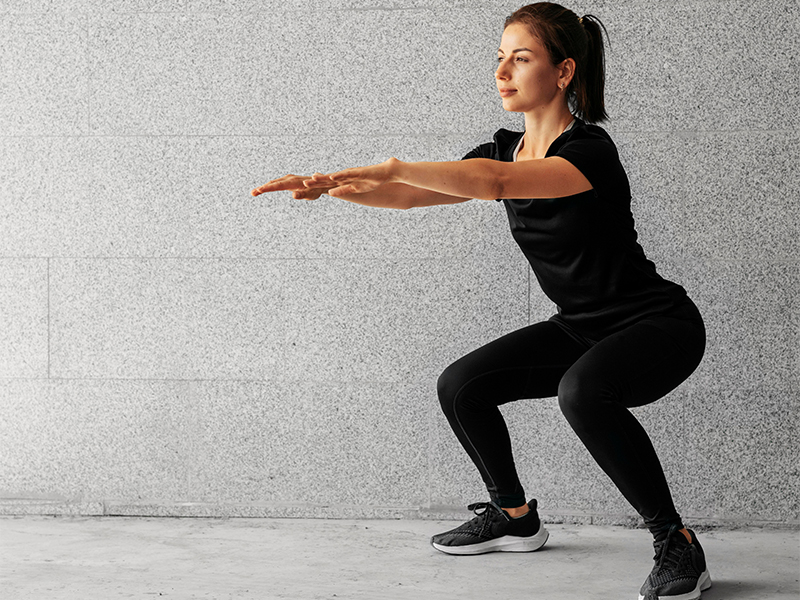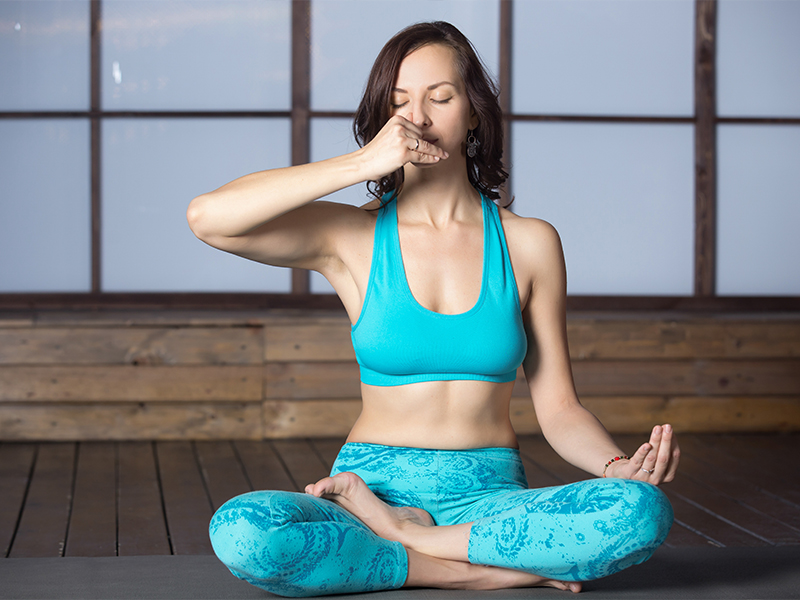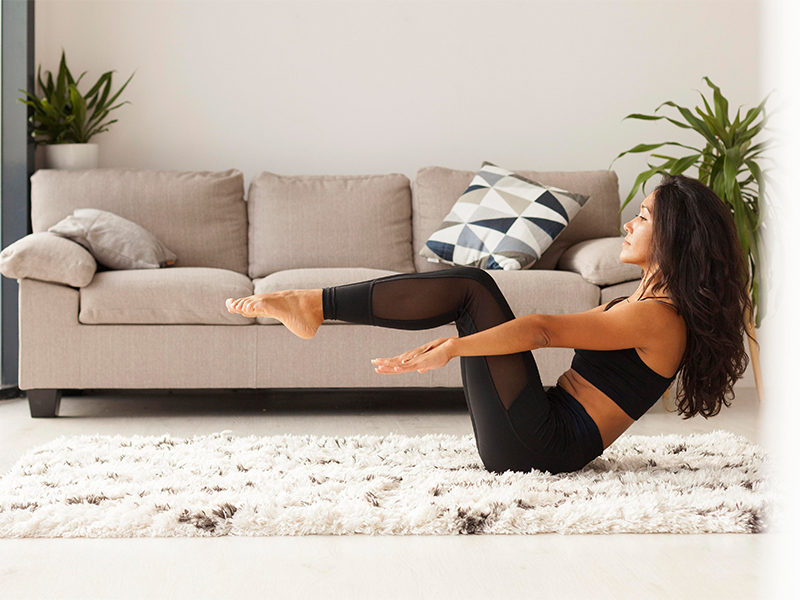For those who can’t go a day without lifting weights, going for a run or practising yoga, taking a break as you recover from COVID-19 can seem frustrating. As you gain your strength and start feeling like yourself, it is obvious to wonder if you should start working out. Is it safe to exercise? How much is enough and how much is too much?
TC46 connected with yoga expert Paramita Singh to help address these burning questions about exercising post COVID-19. Here, she explains the dos and don’ts along with a few helpful exercises and workout tips.
How Soon Can You Start Exercising Post COVID-19 Recovery?

After testing negative for COVID-19, many recovered patients complain of fatigue and weakness for even performing day-to-day activities. Returning to regular activity and fitness regime is completely dependent on the symptoms the patient had experienced during the illness.
The best approach to work on the Covid-19 patient’s recovery regime is to understand the affected body system. This includes cardiac, pulmonary, musculoskeletal, haematological, and gastrointestinal systems.
Many cardiac complications have been related to COVID-19. Symptoms related to cardiac issues in COVID-19 are inconsistent, however, chest pain, palpitations, and fatigue are commonly reported. If you have recently recovered from COVID-19 with an existing cardiac condition then, before going into any kind of exercise regime consult your doctor. However, at least 3 weeks of rest is recommended, then start with low-intensity exercises.
Patients dealing with pulmonary (respiratory systems) like pneumonia are recommended to rest at least 10 days before starting their workout. Post COVID-19 it is always important to start slow and monitor your breathing.
For people experiencing any haematological (blood-related) symptoms, start with low-intensity exercises and keep the body in movement throughout the day to reduce blood clot risk.
Individuals dealing with gastrointestinal and musculoskeletal (muscle pain) symptoms should slowly get back to their usual workout routine. Drinking more water and eating healthy will help them to have a speedy recovery.
Asymptomatic individuals can continue doing their regular workout at 50% intensity and if they notice any kind of discomfort, they should consult their doctor.
5 Yoga Asanas You Can Practise Post COVID-19 Recovery
1. Chakravakasana (Cat & Cow Pose)
Benefits:
- This pose warms the body and brings flexibility to the spine
2. Bhujangasan (Cobra Pose)
Benefits:
- This asana stretches chest, lungs, shoulders, and abdomen
- It is therapeutic for asthma
3. Baddhakonasan (Butterfly Pose)
Benefits:
- This pose helps to calm the mind and improve blood circulation
4. Ustrasana (Camel Pose)
Benefits:
- This pose helps in the natural drainage of sinuses, thereby preventing infection
5. Balasan (Child Pose)
Benefits:
- Releases tension in the back, shoulders and chest
- Stimulates the abdominal organs
Top Dos & Don’ts Of Exercising After You Have Recovered From COVID-19
General guidelines for post COVID-19 patient are as follows.
Dos:

- Start slowly by incorporating warmups like neck, shoulder, and leg movements.
- Include stretches that will help thoracic expansion.
- Monitor breathing, at least for 1 or 2 weeks post-recovery.
- Eat healthy, include protein in every meal for muscle recovery.
- Drink plenty of fluids.
- Have adequate sleep.
- Intake of antioxidants, vitamins, and minerals should be continued for some time, like vitamin C, zinc, and vitamin D.
Don’ts:

- Avoid spicy and outside food.
- No smoking and drinking alcohol.
- Don’t start with high-intensity workouts.
- Avoid heavy to digest food.
- Do not skip meals.
What Type Of Workout Is More Beneficial Post COVID-19 For Recovery?

Post recovery COVID-19 patients must focus on improving their breathing as lung function is compromised. Easy yoga poses and pranayama, which helps in thoracic expansion can be most beneficial. You can then progress to brisk walking, cycling, and weight training.

